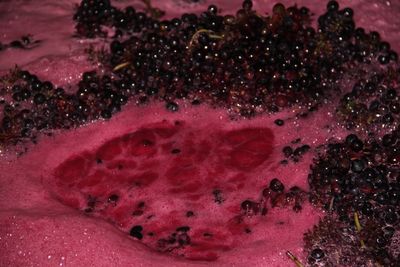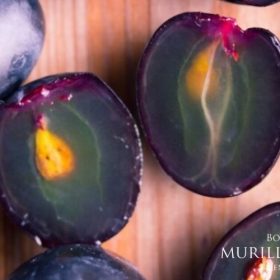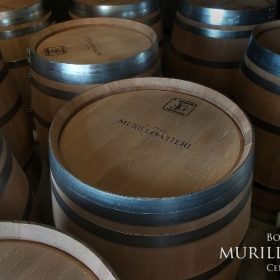🍇 How Wine Is Made: The Role of Fermentation
🔬 What Is Fermentation in Winemaking?
Fermentation is the transformation that gives wine its character. In simple terms, it’s when yeasts consume the sugar in grape juice (must) and convert it into alcohol and carbon dioxide.
Without fermentation, there is no wine—just sweet grape juice.
This process, known as alcoholic fermentation, is at the core of how wine is made. Before the work of Louis Pasteur, people believed fermentation was just a chemical reaction. Pasteur revealed that it’s actually the work of living yeasts that, without oxygen, trigger the production of alcohol and gas.
🛠️ Key Steps in the Wine Fermentation Process
As the yeasts “eat” the sugar, boiling-like activity in the vat slows down and, eventually stops—this signals that fermentation is complete.
⚖️ Controlling Density and Temperature
Winemakers monitor:
- Density (to track remaining sugar)
- Temperature (ideal range: 18–20ºC)
Why is temperature control essential?
Because a sudden drop can halt fermentation. To prevent this, vats are cooled gradually and carefully.
🕰️ Fermentation Speed & Wine Style
The speed of fermentation influences a wine’s:
- Astringency
- Body
- Longevity
- Evolution
A sloww fermentation, often due to cooler temperatures and higher acidity, results in full-bodied Rioja wines that age gracefully.
🧬 What Is Malolactic Fermentation?
After alcoholic fermentation ends, many wines—especially reds—undergo a second phase: malolactic fermentation.
This is where sharper malic acid is converted into softer lactic acid, giving the wine a smoother mouthfeel.
This step is crucial for Rioja wines that are intended for ageing, enhancing their roundness, softness, and cellaring potential.
🍷 From Fermentation to Bottle
Once both fermentation phases are complete, the wine is ready for bottling. All that remains is to cork it, pour it, and most importantly—enjoy it.









 Deutsch
Deutsch Français
Français Italiano
Italiano Nederlandse
Nederlandse